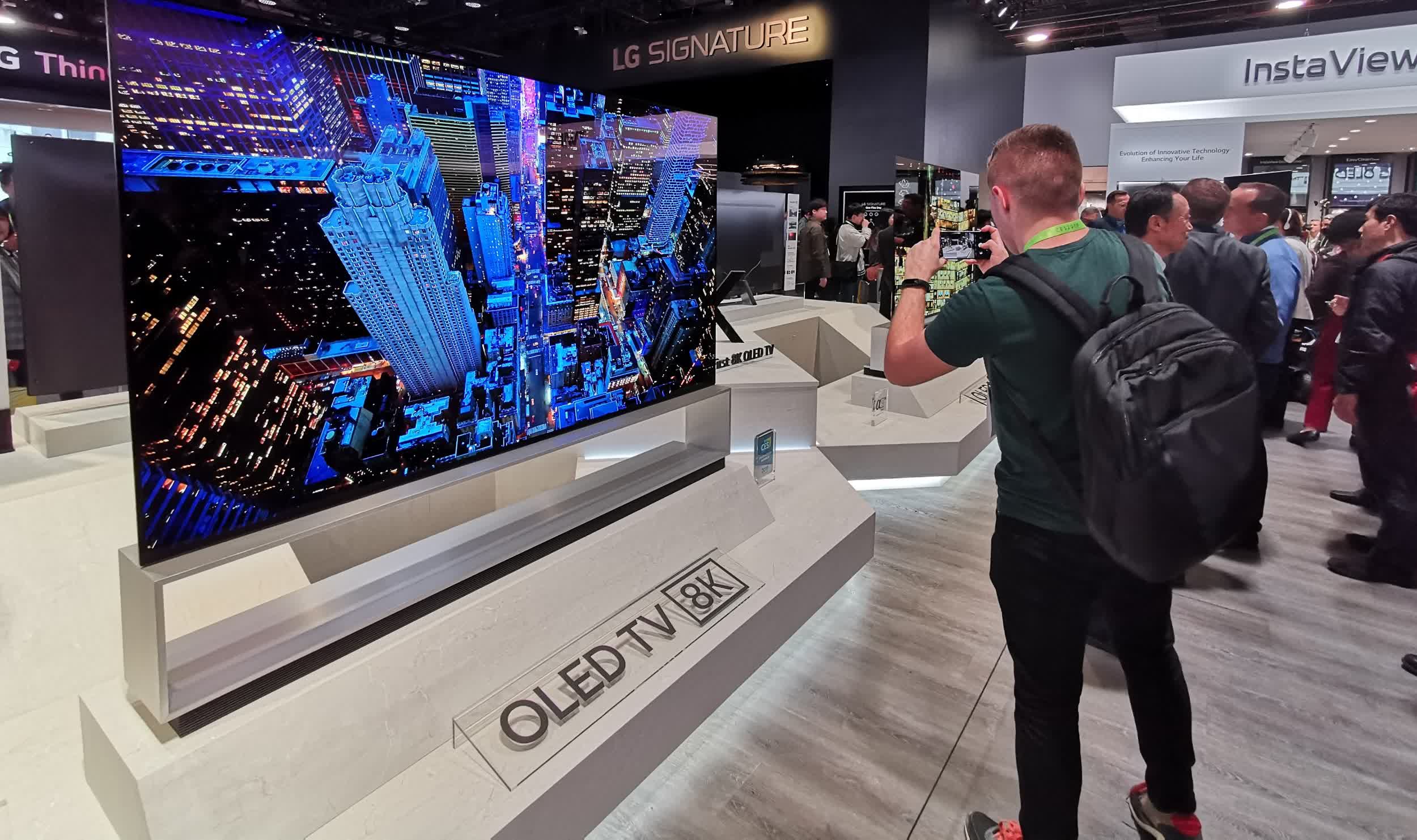In brief: Living on the cutting edge comes with the territory of being a technology enthusiast but new EU power consumption regulations on the horizon could seriously hamper innovation when it comes to next-gen displays.
In March 2019, the European Union defined the energy efficiency index (EEI) for electronic displays based on screen area and power consumption. Per regulation, 8K displays and microLED-equipped devices sold from March 1, 2023 must have the same EEI as 4K displays.
8K displays have four times as many pixels as same sized 4K counterparts. What's more, these models require more powerful video processing as nearly all video sources today need to be upscaled to 8K from their native resolution.
According to the 8K Association, there are no current 8K TVs that can meet this level of power efficiency meaning the current crop of 8K sets will be banned from sale in the EU starting in March.
Manufacturers are hard at work reining in power consumption on 8K displays through the use of new liquid crystal materials, better backplane and driving technologies and more efficient CPUs for upscaling. The problem is that they are behind the eight ball and need more time to develop and implement changes to meet EU guidelines.
The 8K Association said it supports a commonsense approach to power consumption targets that is based on realistic assessments of technical advancements in the field.
Fortunately, there's still time to intervene as a clause allows for a review of the regulation in light of technological progress. A draft revision is due no later than December 25, 2022, however, and there is no indication that ball is yet rolling.
A ban on the sale of 8K televisions in the EU could have lots of consequences. TV makers and suppliers would obviously bear the brunt of it. What may not be as obvious are the smaller things, like the fact that content creators would have no incentive to produce 8K-resolution material for audiences in the EU and consumers in the region could fall behind peers in other parts of the world. Compounded, it could have a noticeable impact on overall tech innovation.
Related reading: Electronic devices sold in the EU must have USB-C charging ports by 2024
Conversely, one could argue that this is not really all that big of a deal. 4K televisions have been around for roughly a decade and they are ubiquitous among retailers and consumers alike. Still, 4K content is far from universal. Very little live content - take sporting events, for example - is broadcast in 4K, presumably due to bandwidth issues or costs associated with new camera equipment.
Streaming services are getting better about offering 4K content but as it stands today, much of what you watch on your 4K television is being upscaled locally using the hardware inside the set.
